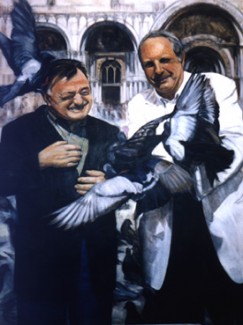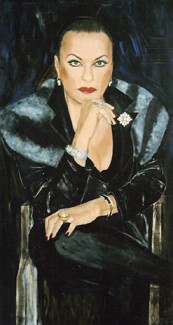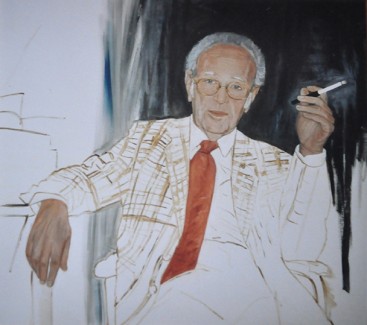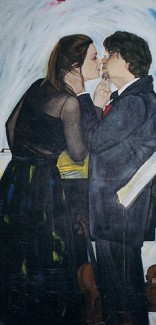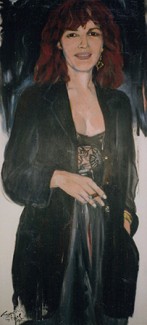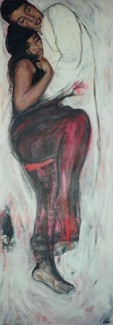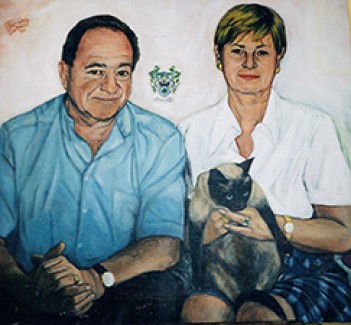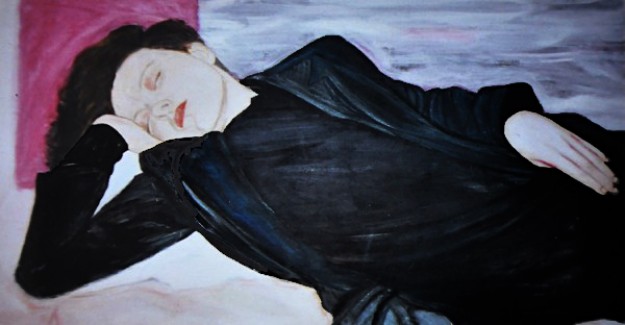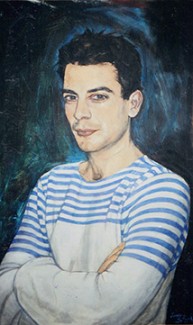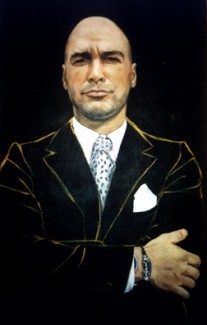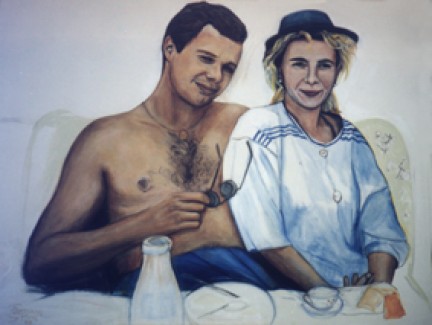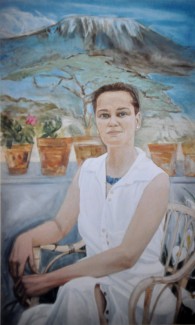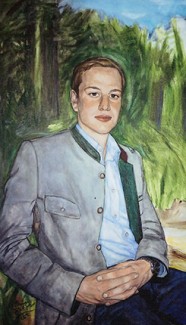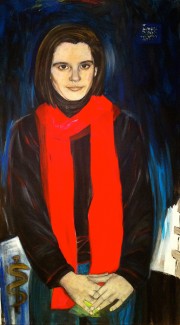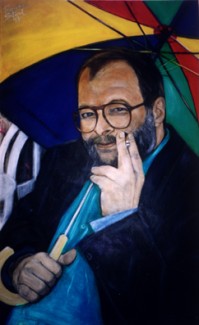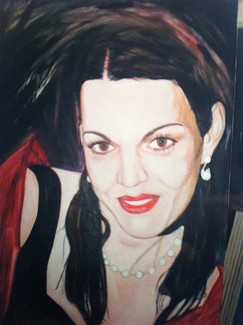COMMISSIONS
Tamara Starl-Latour is using numerous and manifold means and elements of style for her portraits. But finally this leads to a certain realism, allowing a flow of the hidden.
For commissions she does not use means of style and rendering that are corresponding or convenient to her, but are harmonizing perfectly with the person and his or her personality.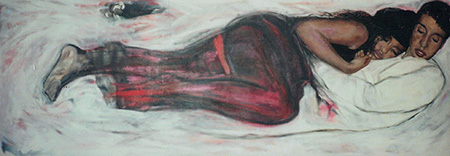
An initial personal contact between artist and the person to be painted is optimal but not always possible, and not necessarily required.
Portraits of deceased persons or others to be seen on documentary material are a challenge certainly. There an estimation of the persons has to be established first. Well: work like this requires sources and references, careful investigation and sensitivity.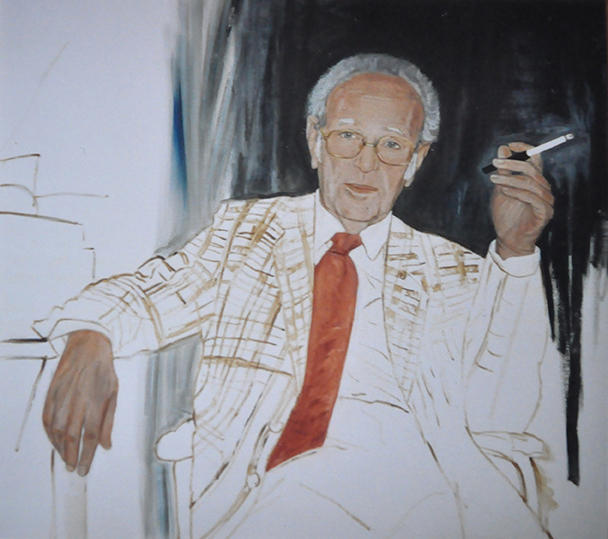
In most cases Tamara Starl-Latour spends as much time as possible with the person to be portrayed, to get a good idea: photographs, notes, information are of help, before the mosaique of individual impressions will develope to a whole, to be realized and changed whenever again.
This way the artist is convinced that it is possible to penetrate to the essence of the personality, beyond superficial features, and also just in painting: intellectual, emotional and mystical.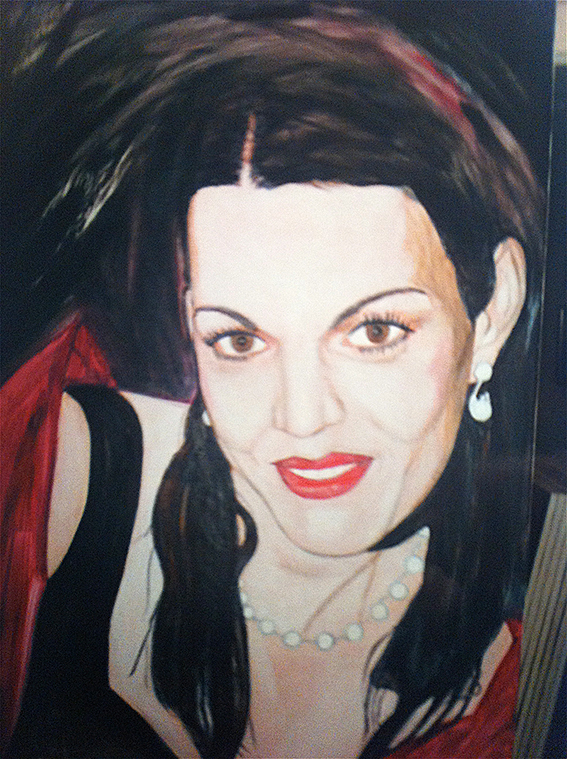
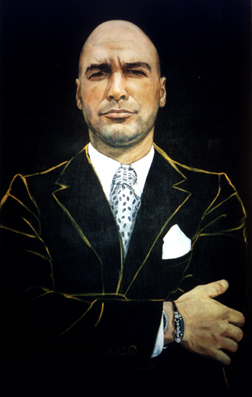
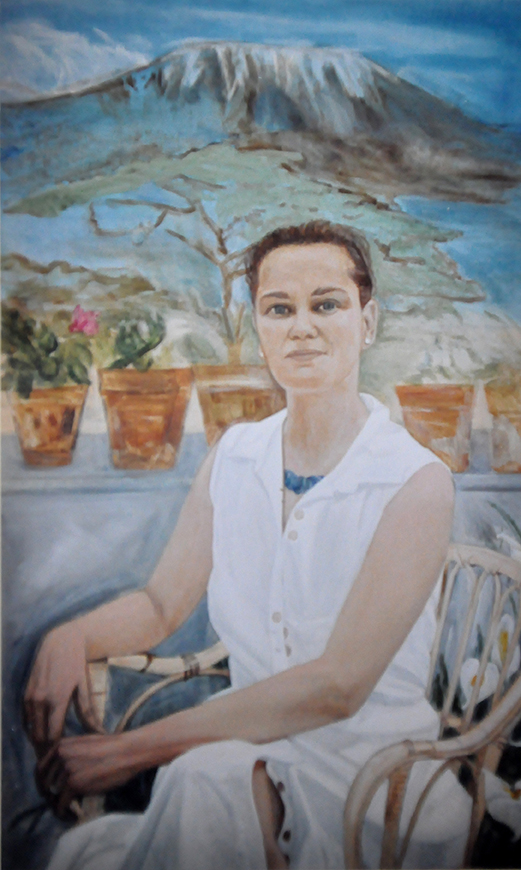
Tamara Starl-Latour is very clear about what she will not have: commissions are not suitable for pseudo-avant-gard experiments, as well as denunciation, provocation or „loss of face“ of the person.
„I am interested in a transcendental aspect of the personality. A portrait may tell so much more than the story of colours, lines and resemblance, a certain „timelessness“ and to bring out the glow from within is my intention. The optimum would be: not the portrait of the person but that of his or her soul.“

